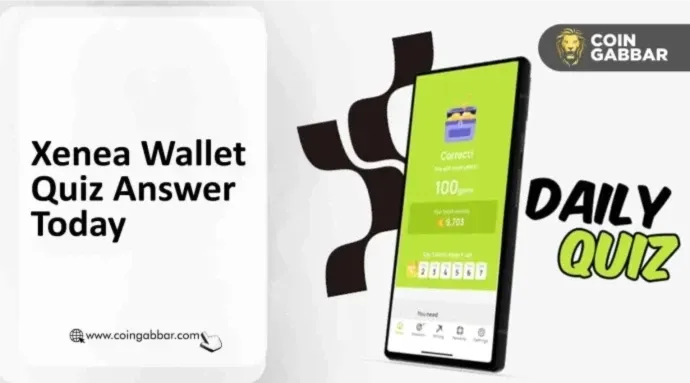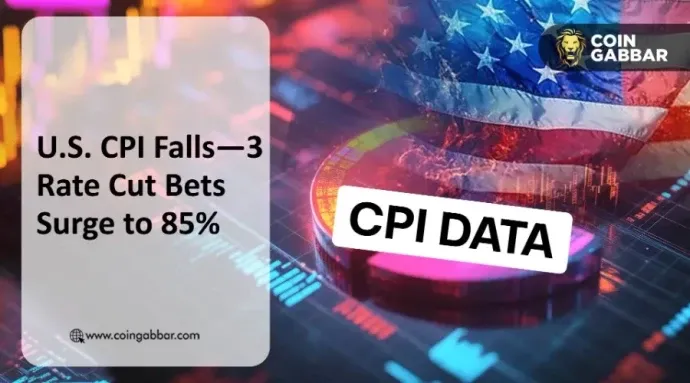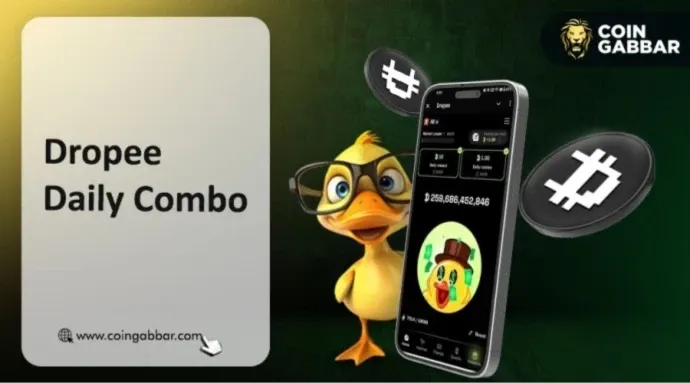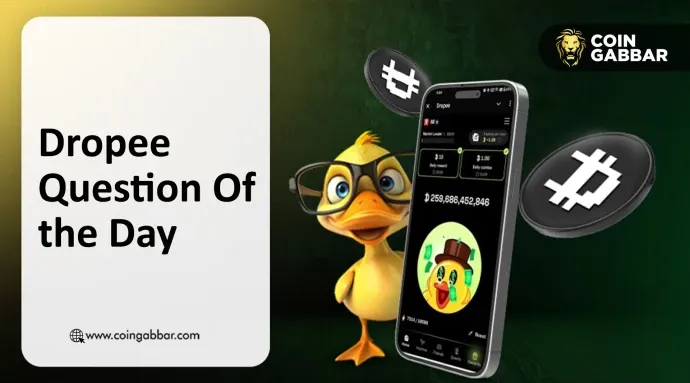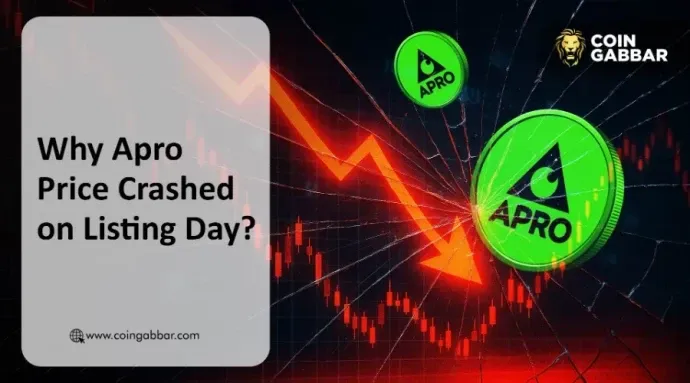Author: Dani Di Placido
Translated by: Felix, PANews (This article has been edited)
On October 23, game developer Valve released the latest patch for "Counter-Strike 2," focusing mainly on expanding game modes, optimizing maps, adjusting item contract mechanisms, and improving performance.
Notably, this update expanded the Trade Up Contract feature, allowing the item exchange system to support the following exchanges:
- 5 StatTrak™ covert quality skins (red) can be exchanged for 1 StatTrak™ knife
- 5 ordinary covert quality skins (red) can be exchanged for 1 ordinary knife or 1 pair of ordinary gloves
This significant update from Valve has thrown the "Counter-Strike 2" community into chaos and sparked a huge uproar on the Steam market, causing the value of skins purchased with real money to fluctuate dramatically. Overnight, the skin market crash reduced the market value of "Counter-Strike 2" from $5.9 billion to $4.2 billion.
Why are "Counter-Strike 2" skins so valuable?
Developed by Valve, the popular first-person shooter "Counter-Strike 2" has a thriving skin economy. Players can "invest" money in expensive skins, which can be bought and resold on the Steam market or third-party websites (in fact, some believe this update aims to attract third-party traders back to Steam so that Valve can take a cut).
Before this controversial update, the value of rare skins often steadily increased over time, with many players spending astonishing amounts of money to acquire those hard-to-find skins, and some even profiting from buying and selling skins on Steam.
The rarity and value of skins are distinguished by color, with gray and blue being relatively common, while the most valuable colors are red and gold. Players can upgrade to the next color using ten skins of the same color, except for gold skins.
Gold skins (including knives and gloves) are the rarest and most valuable skins in the game and cannot be exchanged for using red skins.
Before the update, gold skins could only be obtained by opening weapon cases that contained random skins, and the actual chance of getting a gold skin was extremely low.
As a result, the rarest gold items on the Steam trading market often sell for thousands of dollars.
That said, this controversial update from Valve changed the long-standing rules, allowing players to exchange red skins for gold skins, completely disrupting the market.
Gold skins plummeted in value overnight, while the prices of cheap red skins skyrocketed, forcing the market to adapt to this new situation and triggering panic buying and selling among players. The skin economy of "Counter-Strike 2" can be likened to the NFT craze, where the artificial scarcity of digital items creates actual monetary value—at least for a time.
Like NFTs, the skin market in "Counter-Strike" has never been a stable investment, as these skins have no value outside the game, and their rarity is entirely dependent on Valve's whims.
In the face of this update, the "Counter-Strike 2" player community has descended into chaos, posting memes and lamenting their losses. Some have even joked, praising Valve's CEO Gabe Newell for readjusting the economic system to make knives affordable for ordinary players.
While this update has been a disaster for large investors, the overall player response has been mixed; some believe the entire skin economy is a pure waste of time and money, while others (understandably) feel angry that their "investments" have vanished without warning.
This is not the first time a video game has formed its own economic system (where players invest real money). Games like "Roblox," "World of Warcraft," "EVE Online," and certain "Minecraft" servers have player-driven markets where prices fluctuate based on supply and demand.
Players invest significant time and effort in their favorite games and are willing to spend real money on in-game luxuries and desirable accessories, even purely aesthetic upgrades (like skins).
Just like NFT investments or volatile cryptocurrencies, all that value can vanish overnight.
Related: With the return of Maji Brother and Yi Nengjing, is the NFT market really set to revive this time?
免责声明:本文章仅代表作者个人观点,不代表本平台的立场和观点。本文章仅供信息分享,不构成对任何人的任何投资建议。用户与作者之间的任何争议,与本平台无关。如网页中刊载的文章或图片涉及侵权,请提供相关的权利证明和身份证明发送邮件到support@aicoin.com,本平台相关工作人员将会进行核查。
